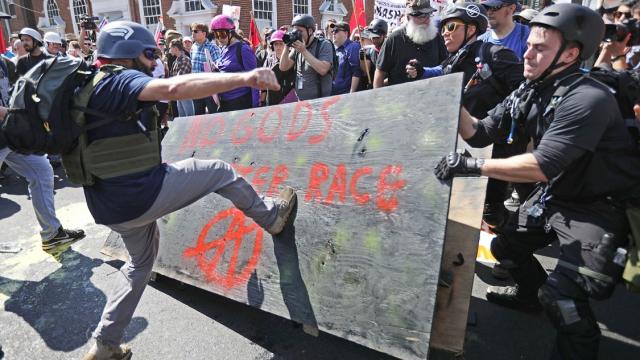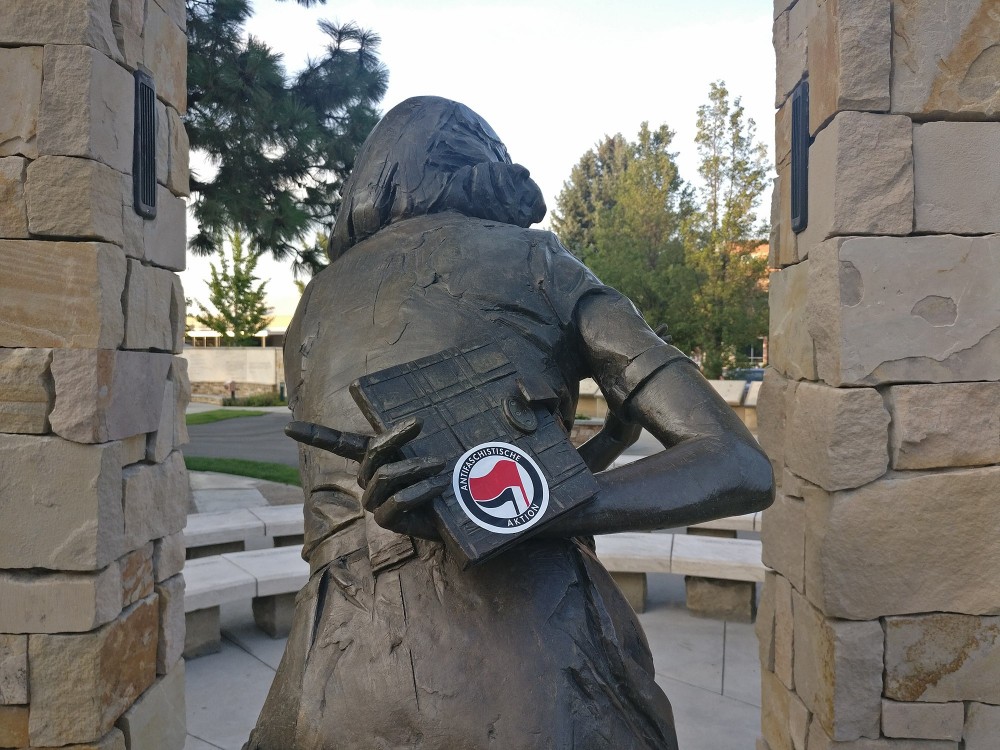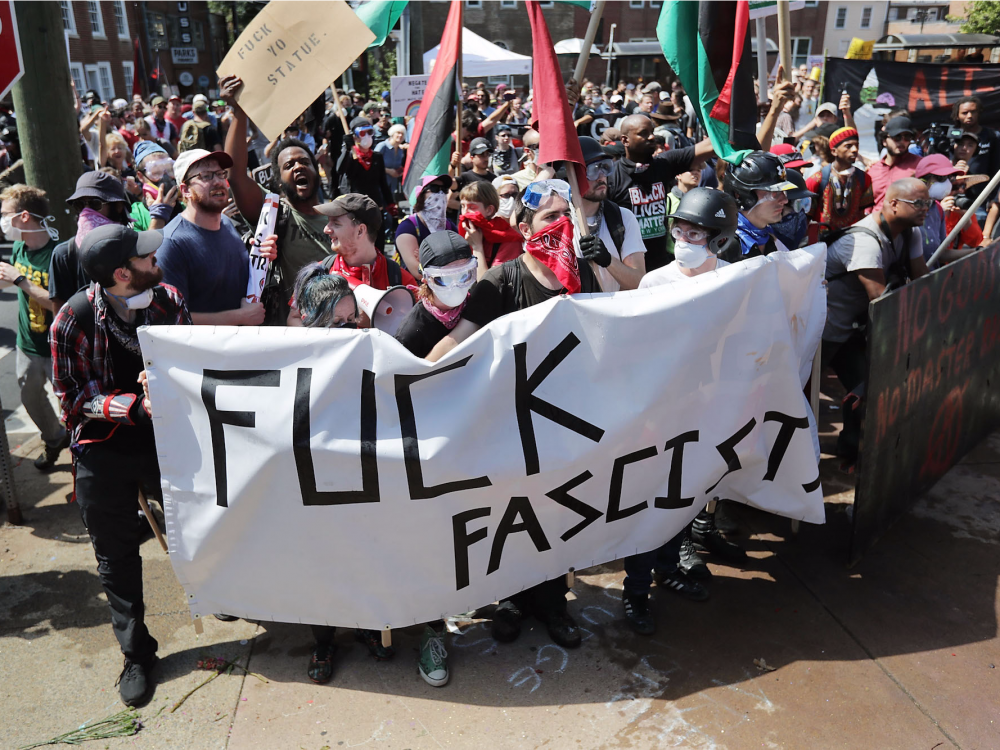
Resistance to fascism had been an ideal, a goal to strive toward, since the closing days of the Second World War. After the collapse of the Soviet Union, authoritarianism became synonymous with tyranny. In the decade that followed, it seemed, the bad old days of totalitarian regimes were well and truly passed.
Recent political developments across the Old Continent, however, paint a different picture. In the aftermath of the debt and economic crises, E.U. policies began to falter. With millions now on the brink of absolute poverty, and Britain well on its way to achieving a hard Brexit even as Catalonia prepares for it own independence, the stage may be set for a new wave of populist right-wing extremism.
William Drozdiak, a U.S. journalist and think tank veteran, recently warned in a statement in Politico: “Today, the dream of European unity has begun to wither away, and the future stability of the Continent is clouded in uncertainty...” According to Drozdiak, the rise of liberal democracies and the steady decline of the European Left are to blame – their ways being either too subtle or outright ineffective against nationalist sensationalism. He rightly cites the anti-Islamic hysteria that has gripped the continent as the perfect foundation for such ideologies to take root.
Drozdiak even goes so far as to paint Vladimir Putin as an idealized autocrat: the type of political leader that the new right is hungry to see succeed. And with the Austrian far-right Freedom Party set to participate in the next government coalition, it seems this strategy is, slowly but surely, beginning to bear fruit.
But the rightward shifts aren't taking place without considerable resistance – a resistance that has been in place, and has been evolving, for almost half a century already.
The Origins of Antifa
Antifa arose in 1945 from the ruins of Germany in the aftermath of the Second World War. Originally organized by German citizens looking to expose Nazi supporters in hiding, Antifa became a poster organization that served to educate the country and Europe about the dangers of authoritarianism.
But the East German anti-fascists didn't last. Their organization was dismantled by the Soviet government and their leadership subject to Stalinist purges. By 1946, the East German branch had all but disbanded, while the West German Antifa had slowly begun to slide into obscurity as the Cold War set in.
Antifa, however, remained a shining example for the modern Left across Europe, supporting journalists and activists who opposed right-wing rhetoric wherever they could find it. In the 1970s, anti-fascist activists in the U.K. discredited the National Front, barring it from a chance at government, while other branches consistently cooperated with the Anti-Defamation League in an ongoing attempt to single out and isolate hate groups.
More recent incarnations of the Antifa movement seem to be lack the willingness to attempt such an approach.
Skewed Resistance
While resistance to such toxic leanings seems natural, it doesn't seem able to maintain its momentum. In the U.S., anti-fascist movements organizing against the new-fangled alt-right are shutting down speaking events in universities and organizing counter-protests which, more often than not, turn violent.
Recently, a handful of student activists prevented a speech by Michael Schill, president of the University of Oregon, in protest againstcertain policy changes undertaken by the school. This is but one of dozens of incidents across the country in which activists have prevented a gathering by their political opponents, moving in an authoritarian fashion that results in more alt-right-friendly bytes being shared on social media.
In Europe, such poorly organized acts of resistance only serve to compound the general public's already poor reception of anti-fascist action – which has become synonymous with vandalism in countries like Greece. In September, Fredrik Nyqvist, spokesman for the small Swedish Libertarian Party, was attacked on the street by members of local Antifa members following a meeting.
Clearly, any attempt to overcome hate with violence has only served the opposition. In the words of Noam Chomsky, the current incarnation of Antifa has been "a major gift to the Right". With these unfortunate cases slowly turning the anti-fascist resistance toxic in the eyes of the people, what sort of example can the Left possibly present?
Front-line Pacifism
Founded in 2013, Germany's Die Linke is a left political party that gained only a meagre 9 percent of the popular vote in the recent German election. But it also boasts a proactive youth branch.
Sporting shirts with the logo "Make Solidarity Great Again," the Bautzen youth branch of Die Linke focuses on protecting immigrants in the area from attacks by local neo-Nazis, without engaging in brawls on the street. Their purpose is to force the leading Christian Democratic Union, Chancellor Angela Merkel's party, to openly denounce the Alternative for Deutschland and the extreme right, while also trying to bring back an image of solidarity and peaceful, unified resistance among Antifa supporters across the country.
According to Juliane Nagel, a spokesman for Bautzen's Die Linke, "The CDU has a problem with the democratic culture...they don't accept that the Antifa are part of this society. That's a problem. Where the left and right are now being treated as equals in the United States, that's been happening in Germany for the last 25 years."
For the time being, members of the anti-fascist action in Bautzen are volunteering to support refugees while maintaining a steady presence on social media. Their presence seems to have helped take the edge off the tense situation in their corner of the world. But whether their example will stick, and the broader European Left can reclaim one of its historically important roles, remains to be seen.
3 WAYS TO SHOW YOUR SUPPORT
- Log in to post comments


















